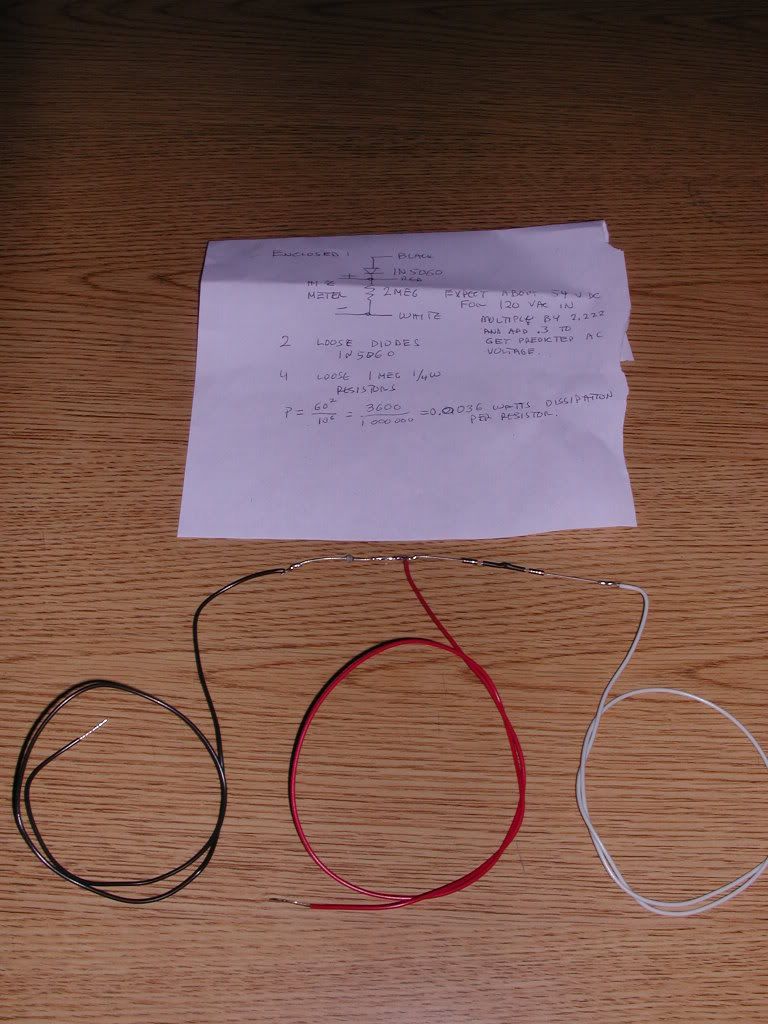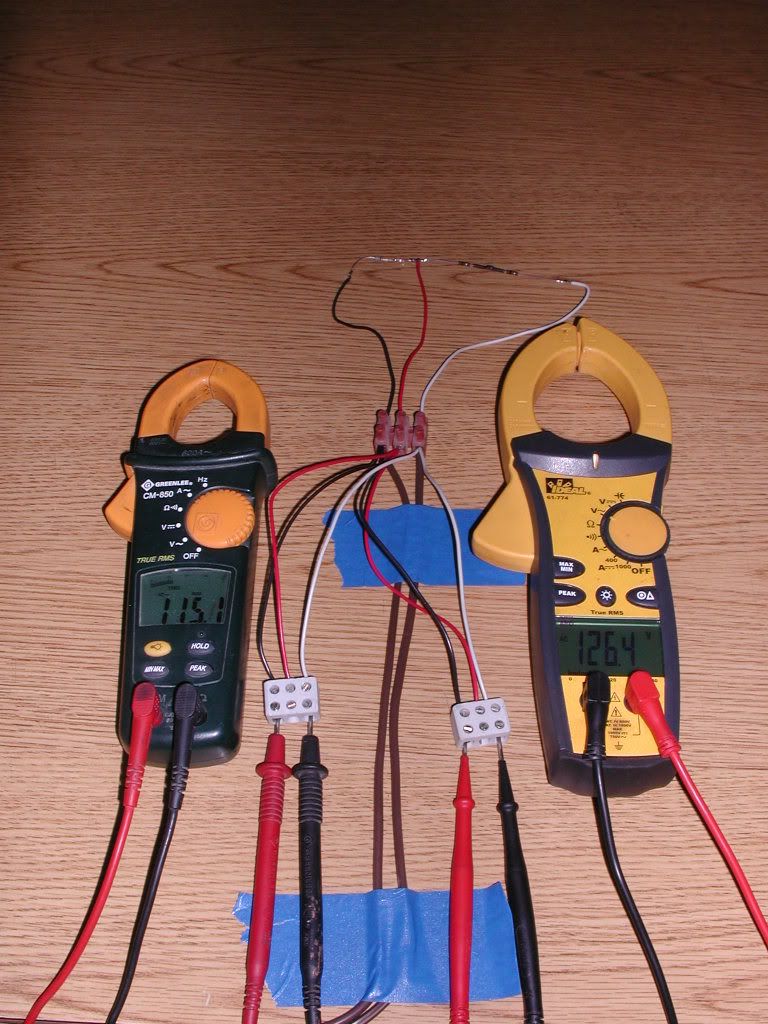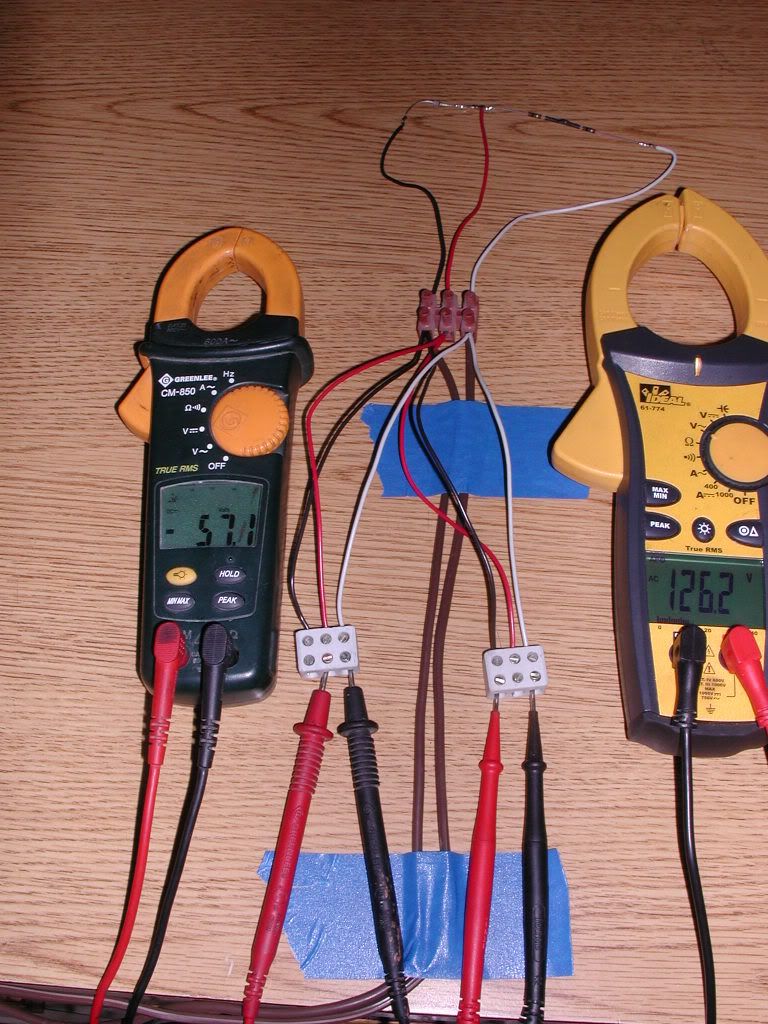chris kennedy
Senior Member
- Location
- Miami Fla.
- Occupation
- 60 yr old tool twisting electrician
In response to this thread, I received this in the mail from gar.

This is both meters on AC voltage.

This is Greenlee on AC voltage and Ideal on DC voltage.

And Ideal on AC and Greenlee on DC.

Gordon, I can't thank you enough as I love an experiment, but I have no idea what these results prove.

This is both meters on AC voltage.

This is Greenlee on AC voltage and Ideal on DC voltage.

And Ideal on AC and Greenlee on DC.

Gordon, I can't thank you enough as I love an experiment, but I have no idea what these results prove.

